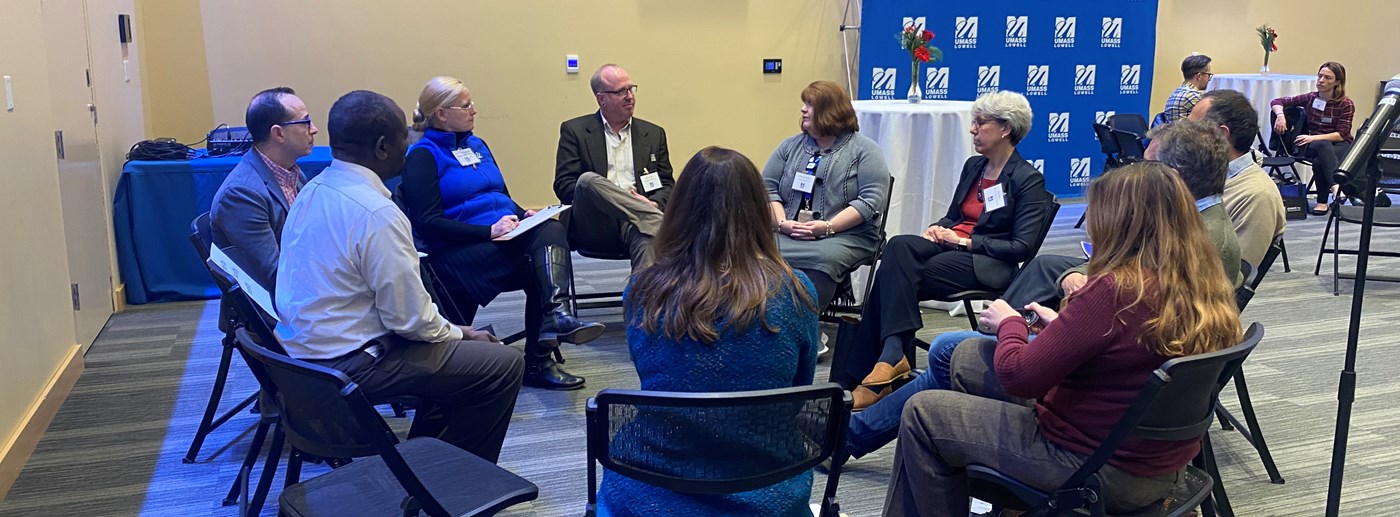Strategies & Resources for Departmental Equity Climate Initiatives
Why Does Service Equity Matter?
A study examined 1,146 records of faculty service over two years. In both years, women faculty reported more total campus service than men. When considering levels of service, women reported higher numbers of service activities at the department and university levels. Service inequality causes stress, attrition, slower and differential advancement, career dissatisfaction, and withdrawal- especially for women and faculty members of color.
Strategies
Preparation
- Get departmental agreement about the importance of assessing and addressing issues of workload equity.
- Challenge department members to not shrug their shoulders and say “equity is subjective,” but actually take steps to make a positive difference and investment in a better place to work.
- Department chairs and other department members can participate in workshops that emphasize the ways in which bias can affect how people are assigned service responsibilities and that highlight how implicit biases may differentially shape the assignment and evaluation of faculty time use.
- Explore institutional policies for workload allocation and performance reviews.
- Diagnose the conditions that contribute to a lack of equity, e.g., policies on minimum standards for teaching and service, benchmarks for expected campus service contributions, credit systems, differentiated workload options, revisions to merit pay and promotion, and tenure criteria to make invisible work visible.
Transparency and Reducing the 'Fog'
- Publish a dashboard for department faculty with transparent information on faculty work activities.
- Dashboards of faculty work activities can be tailored to meet department needs yet show basic information such as department ranges for advising, class sizes, committee work and administrative roles. This type of tracking can allow departments to talk about equity issues based on actual data rather than perceptions. It can help faculty members who are doing more to potentially pull back and those doing less to see that they need to step up.
- Determine what is foggy or unclear, about the processes and crediting of work
- Create minimum requirements in previously unscripted areas like advising and committee work.
- Revise policies to assign differential credit for low, medium and high time-intensive service roles and for chairing versus serving on committees.
- Clarify differentiated workloads wherein faculty can adjust the percent of their effort across teaching, research and campus service roles.
Opt-out System
- Change the default position to ensure a shared rotation of necessary, time-intensive work, as well as more preferred roles. (With this approach, faculty members do not volunteer or have to be asked. Rather, they have to opt out - which is more difficult to do, protecting same people who are repeatedly asked for service).
- Plan rotations- send the message that everyone has to chip in and help avoid “free riding,” wherein one group member or more fail to do their fair share of the work, while others overcompensate and are perceived as “suckers.” Such practices can change the conversation from “Why would I agree to do that?” to “How can I argue that I alone should not have to do this?”
- Develop create credit systems that allow faculty doing more than their share in one area to receive credit to do less in another area.
Revise Departmental Workload Practices
- Revise expectations to ensure that there are not more faculty on committees than are needed to get work done.
- Revise department reward system documents (e.g., merit, annual review or promotion, and tenure criteria as appropriate) to differentiate serving on committees versus providing leadership for them.
Resources
Readings:
- Inside Higher Ed.: How to Make Faculty Service Demands More Equitable: Undoing the Can of Worms (O`Meara, 2018)
- Inside Higher Ed.: Evening Things Out (Flaherty, 2019)
- Science Animated YouTube: Making Faculty Workload Equitable (video)
- Inside Higher Ed.: Ensuring Equity Service Work; The Hallway Ask (O`Meara, 2018)
- American Association of University Professors (AAUP): The Ivory Ceiling of Service Work (Misra et al., 2011)
- University of Maryland: The Faculty Workload and Rewards Project - Research on Workload and Rewards
- Encouraging Multiple Forms of Scholarship in Faculty Reward Systems (pdf) (O`Meara, 2006)
- Inside Higher Ed.: Needed: Allies for Equitable Workload (Jaeger et al., 2019)
Other Resources:
- The Public Library of Science (PLOS): Undoing Disparities in Faculty Workloads: A Randomized Trial Experiment (O`Meara et al.,2018)
- Teachers Insurance and Annuity Association of America (TIAA) Institute: Flexible Workplace Agreements (O`Meara)
- The Chronicle of Higher Education: The Art of 'NO' (Bernstein, 2017)
- Work-Time, Housework, Carework, and Work-Life Balance (Misra et al, 2017)
- Constrained Choices: A View of Campus Service Inequality (O`Meara et al, 2017)
- University of Nebraska-Lincoln College of Engineering: Faculty Workload and Evaluation (pdf)

